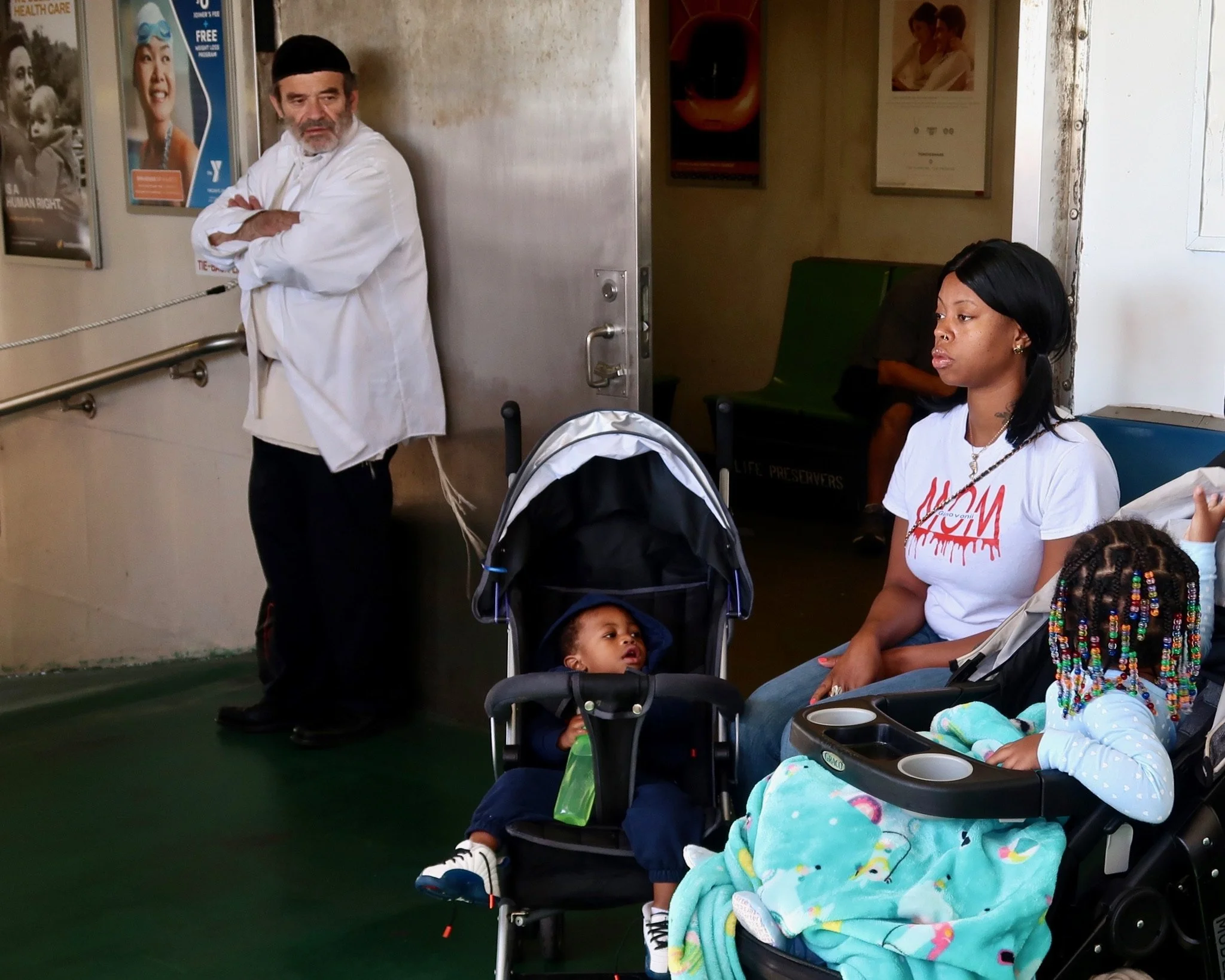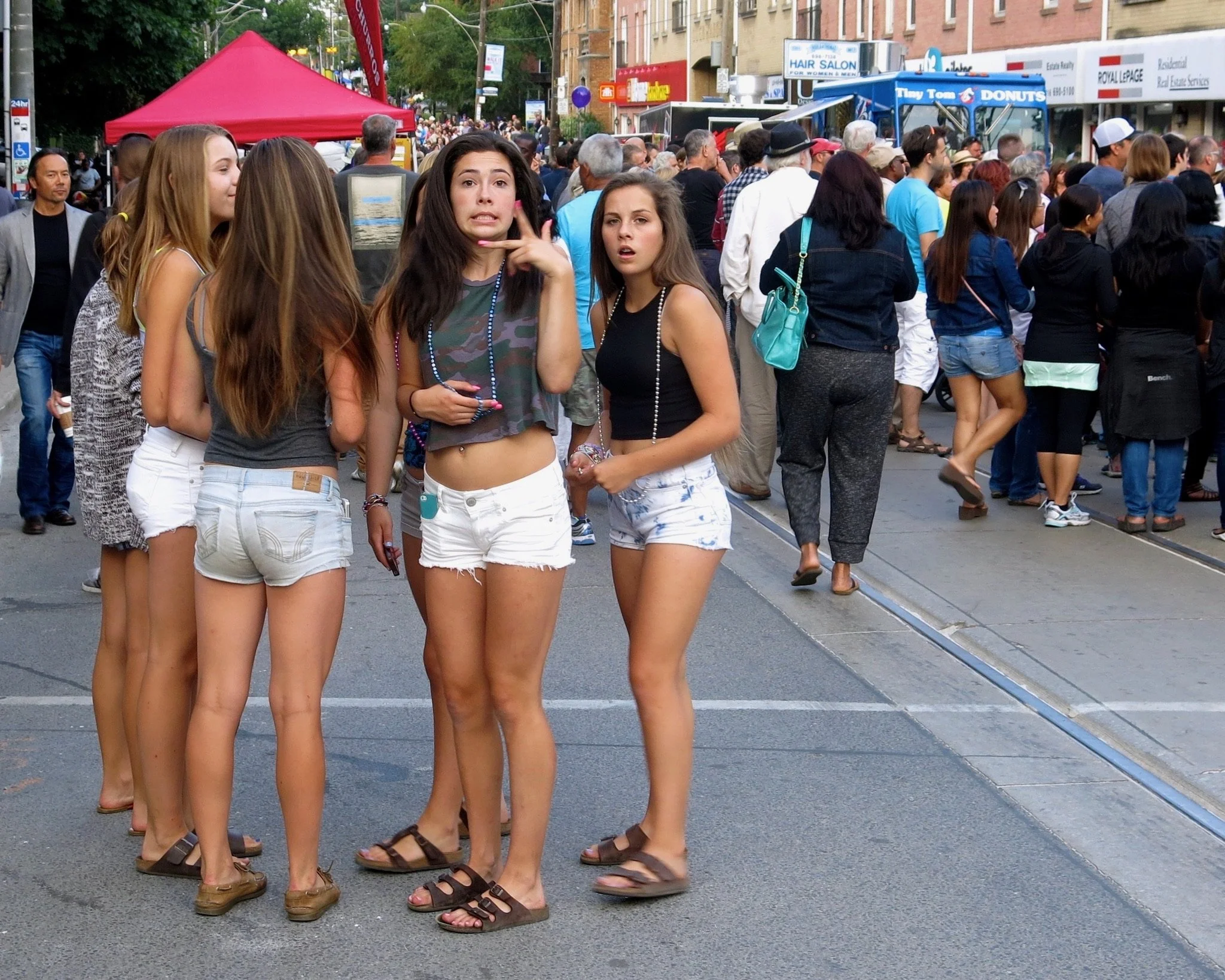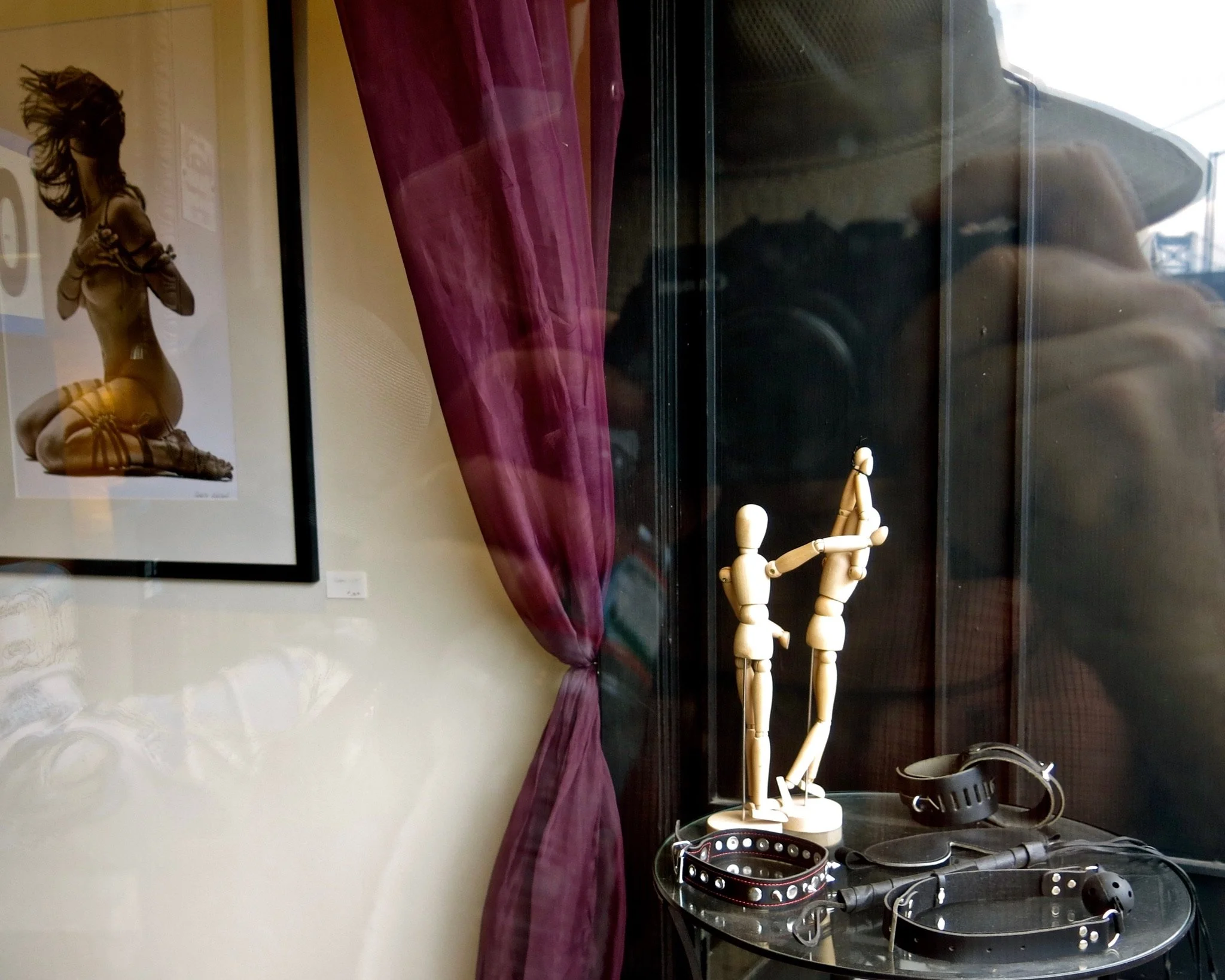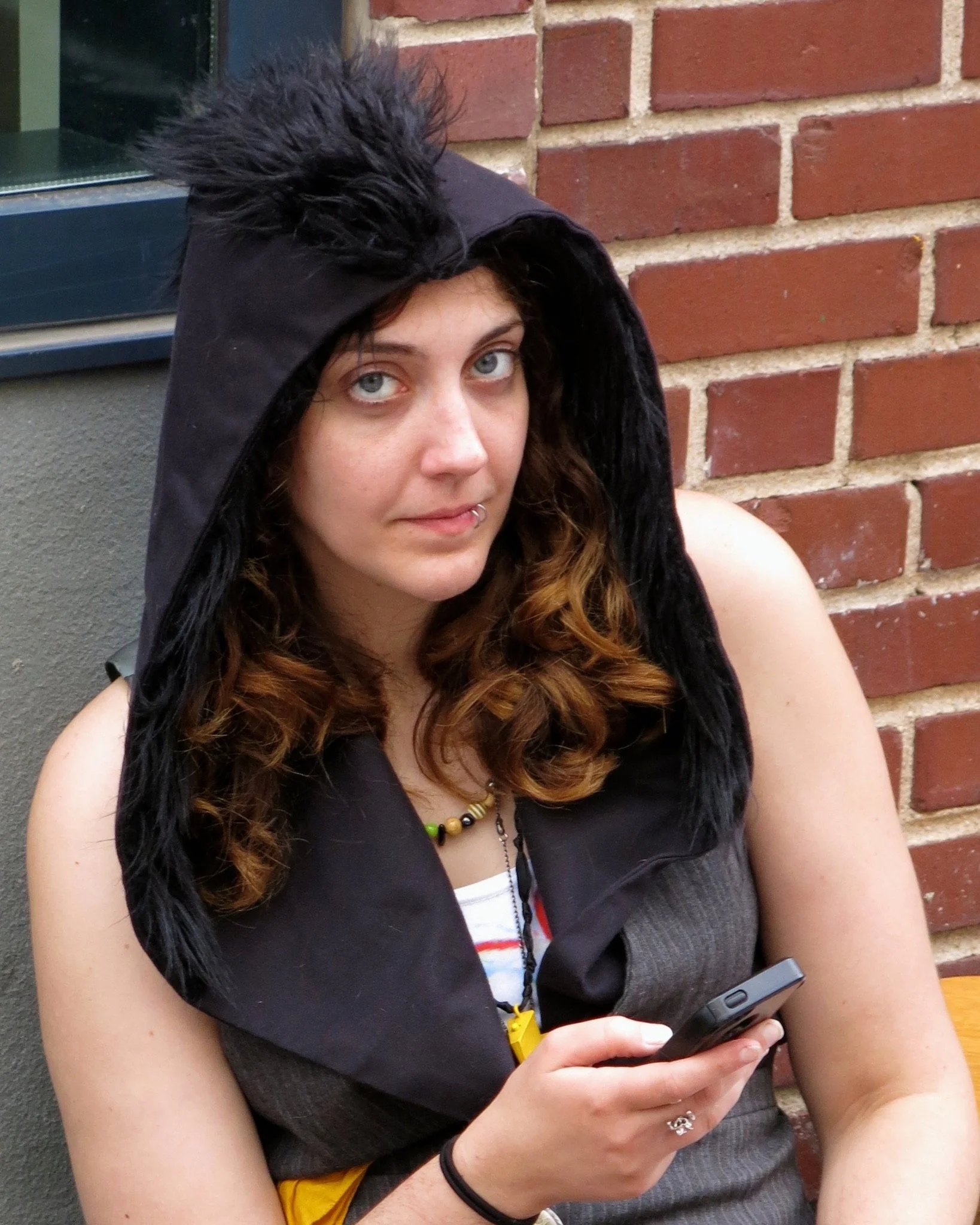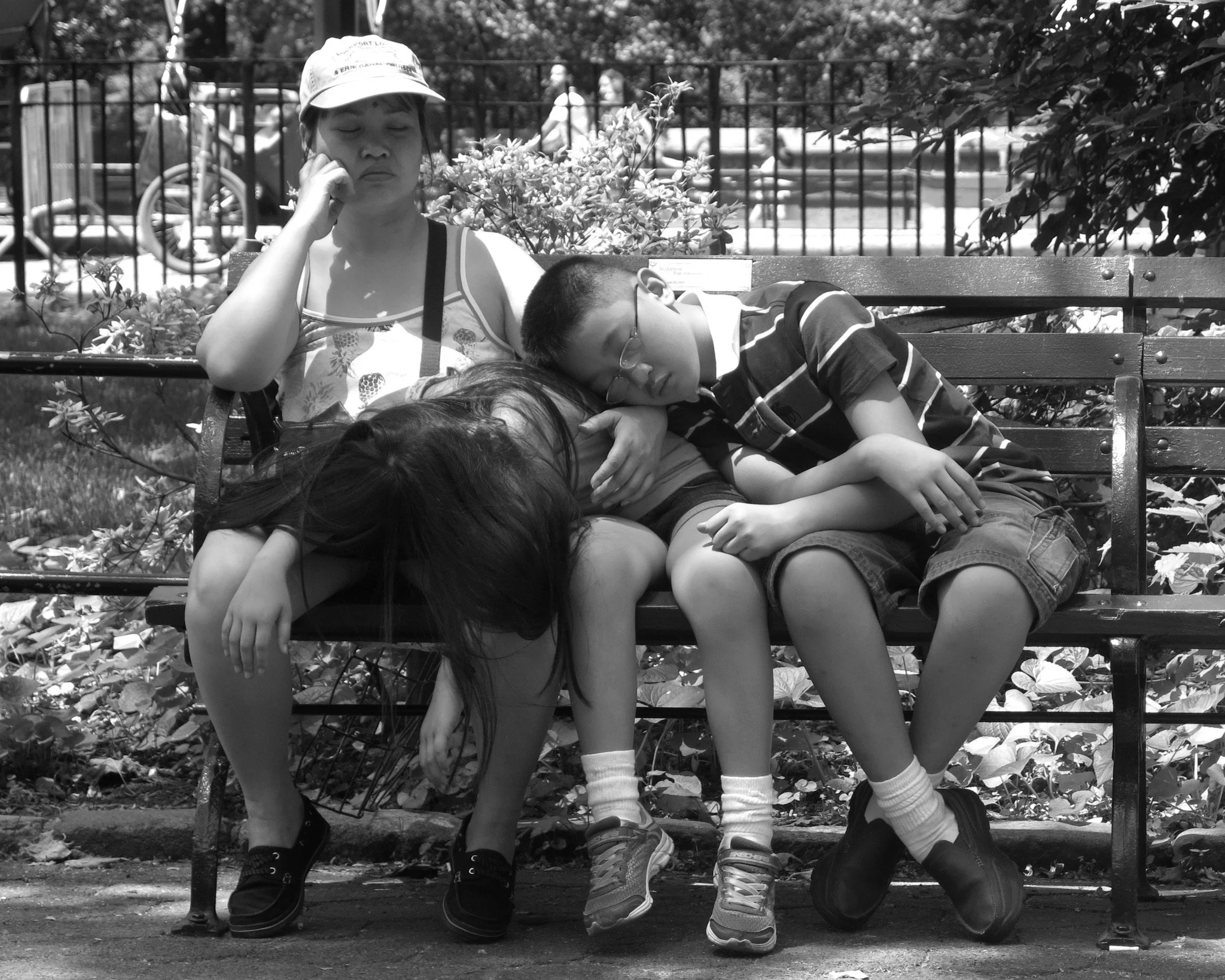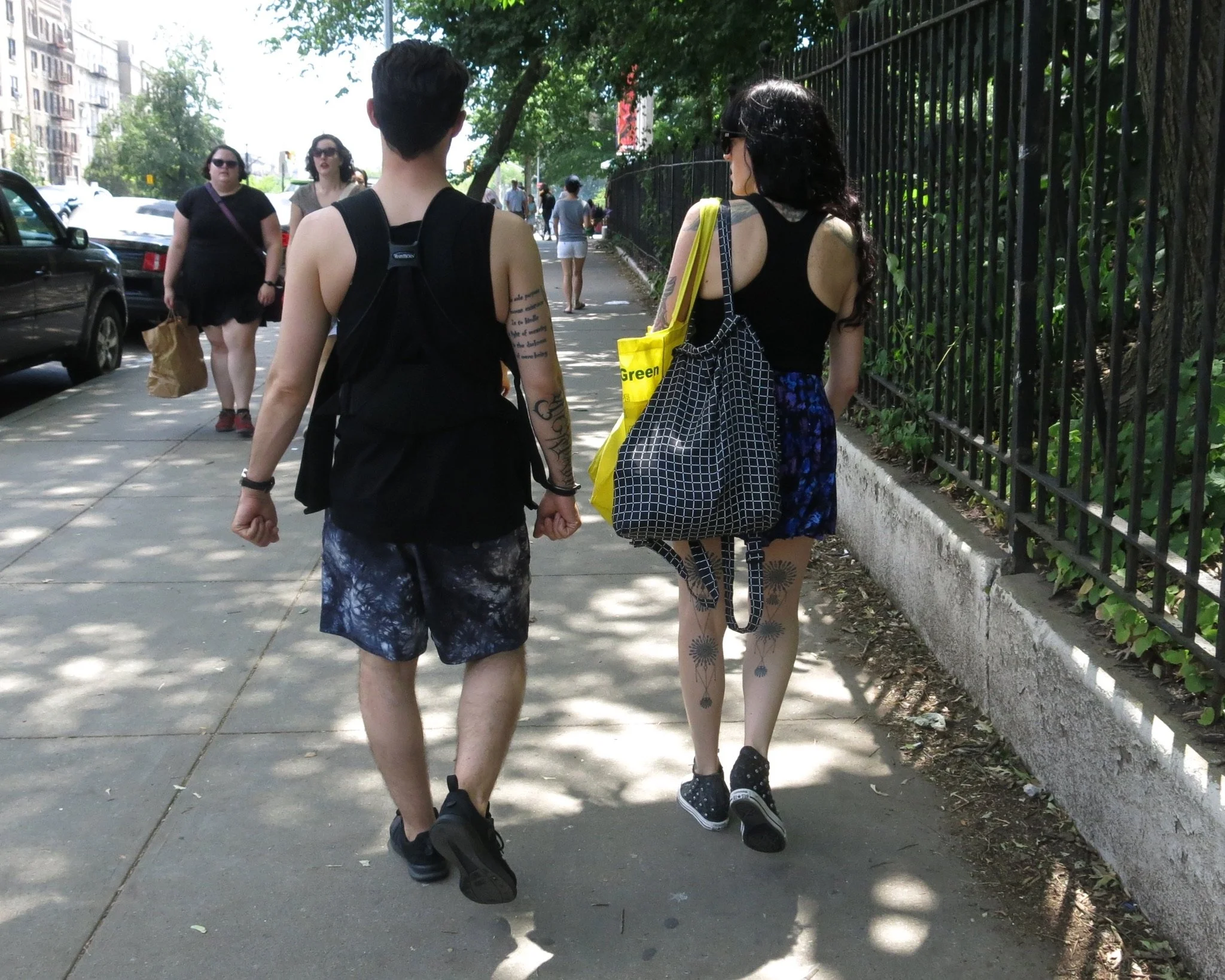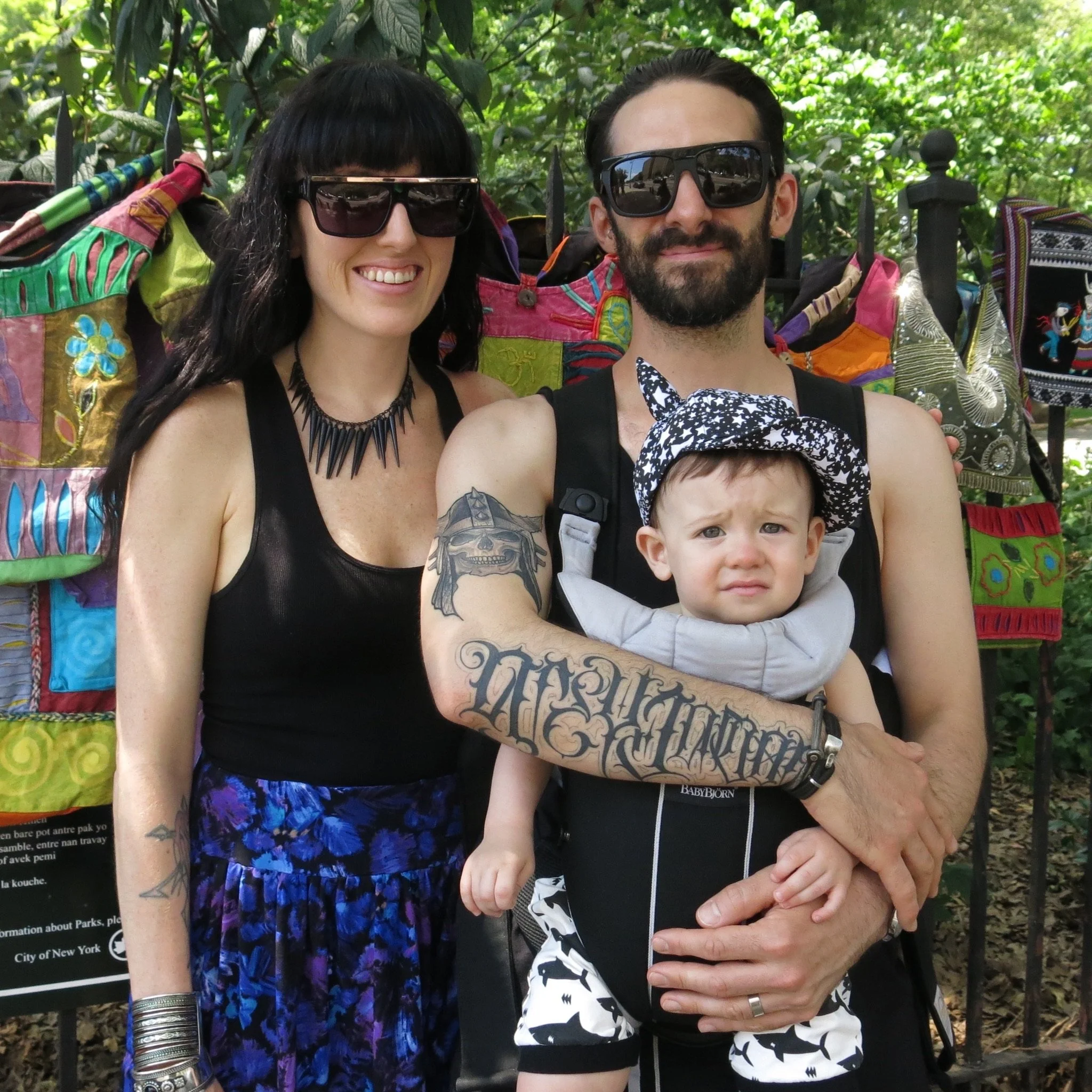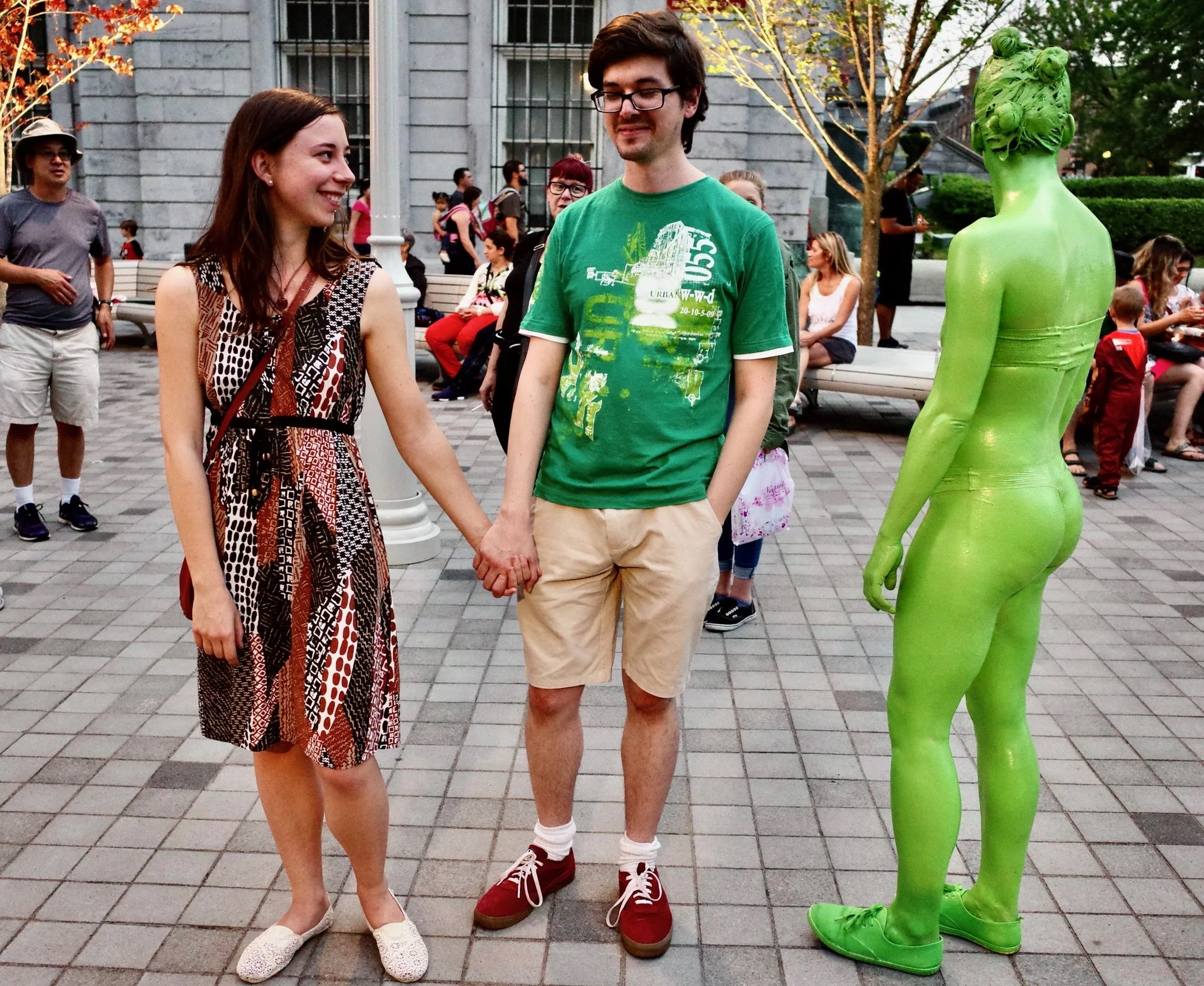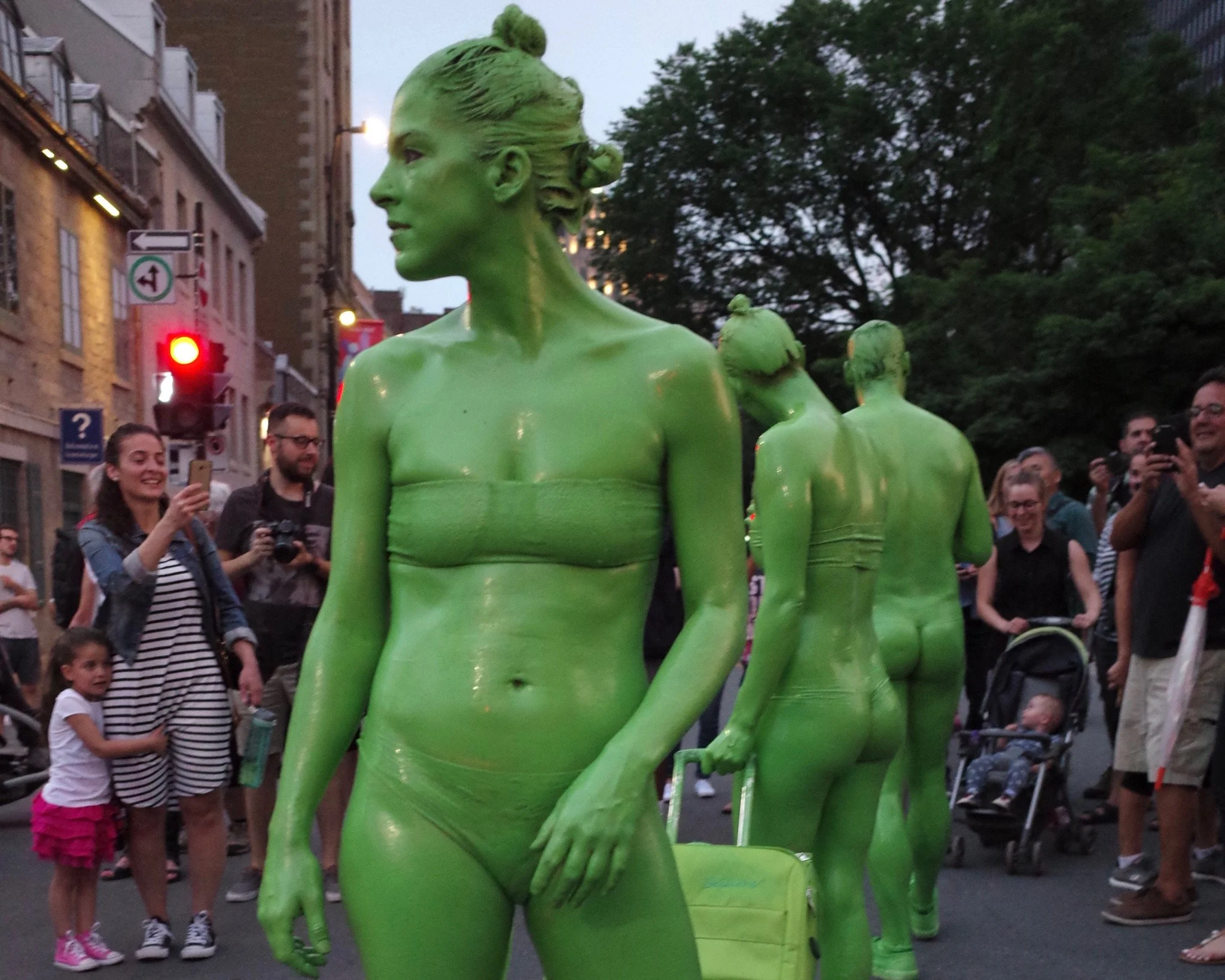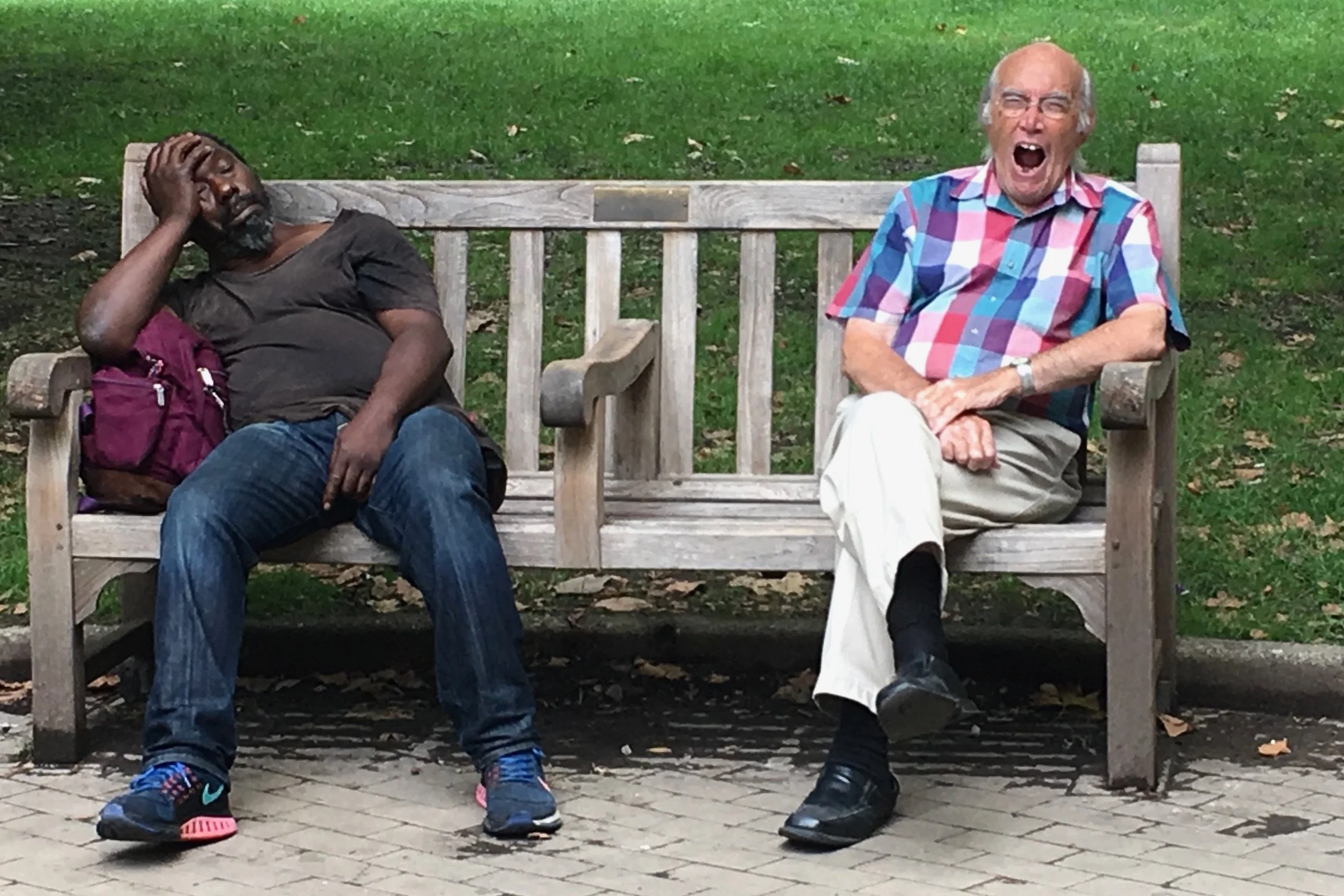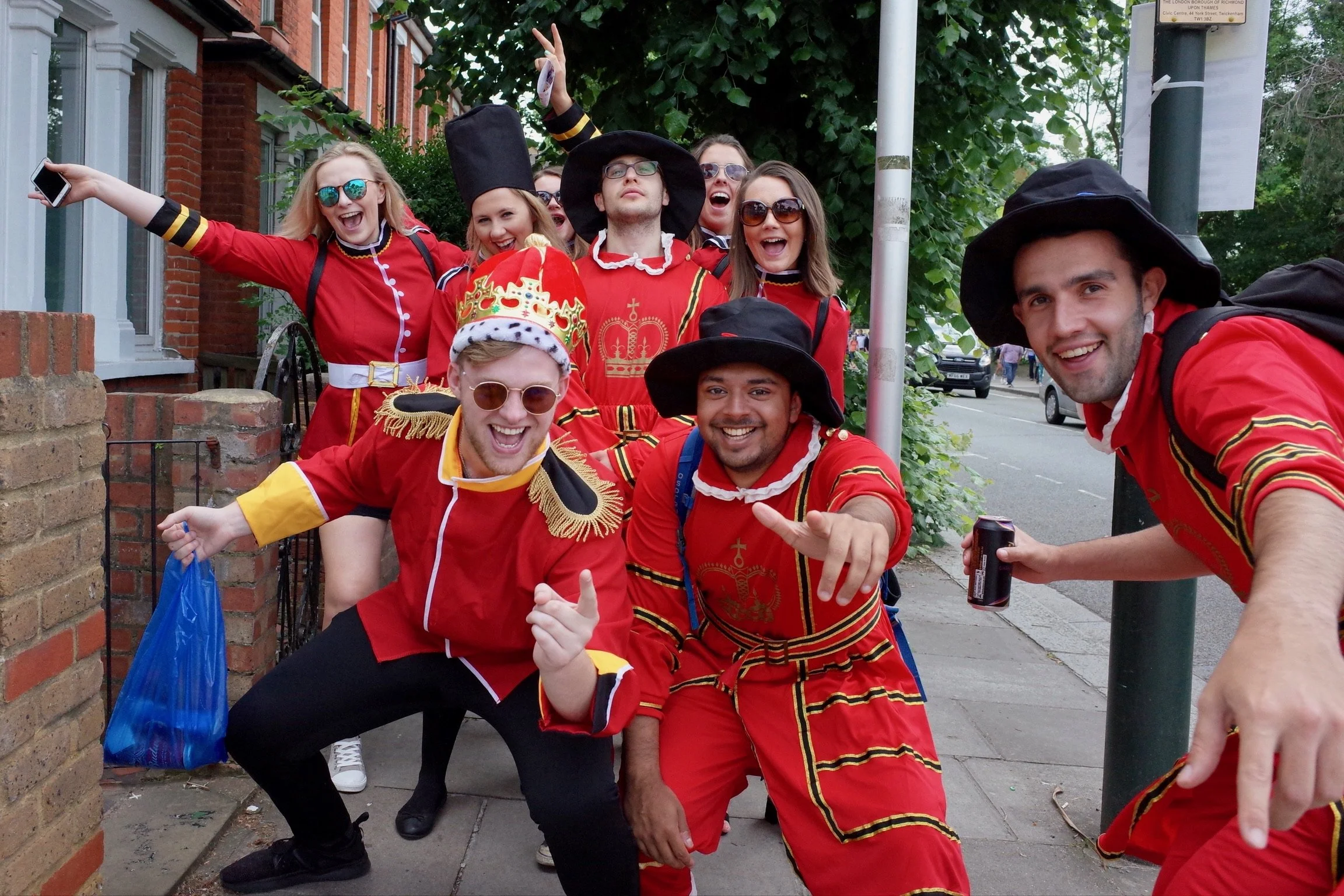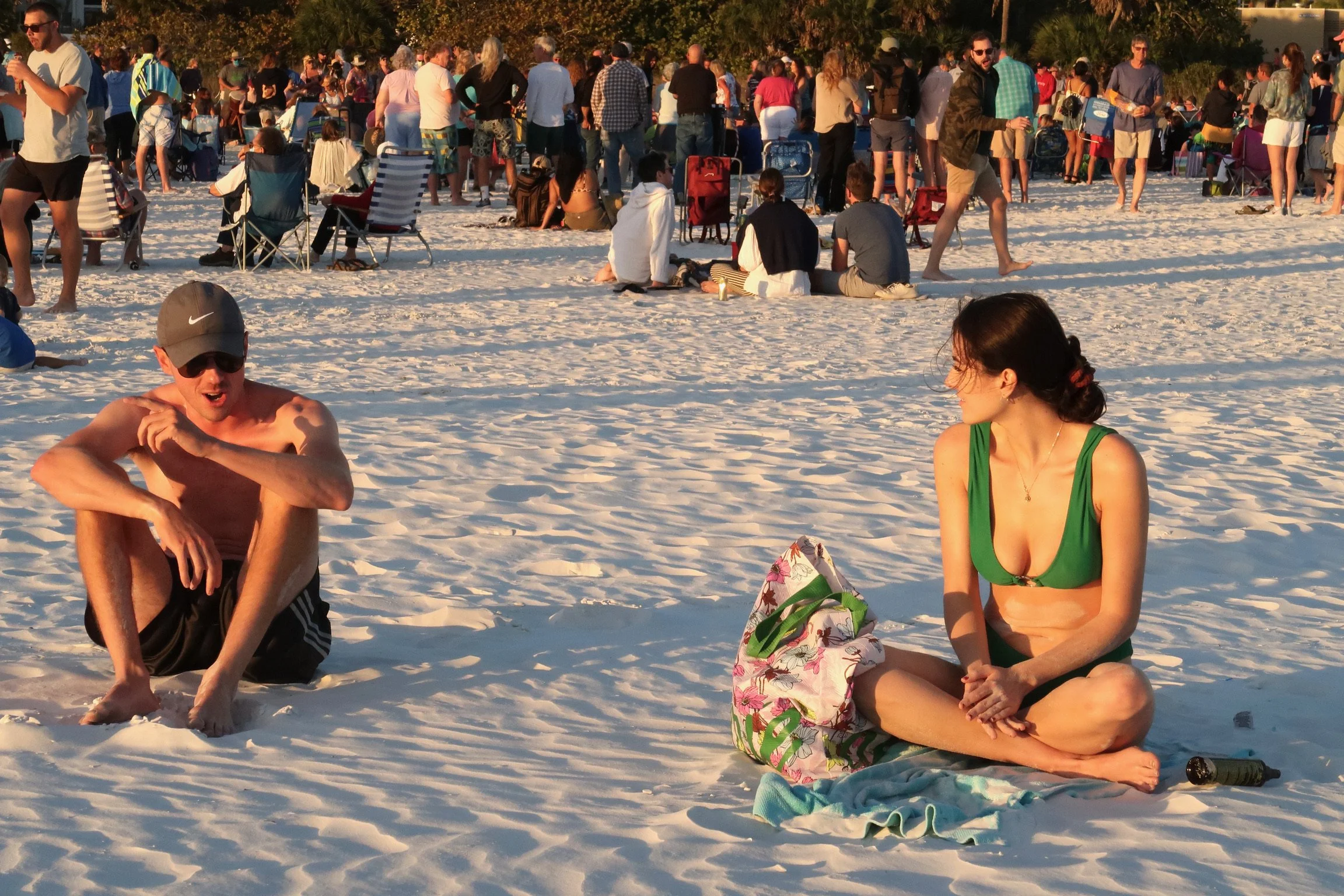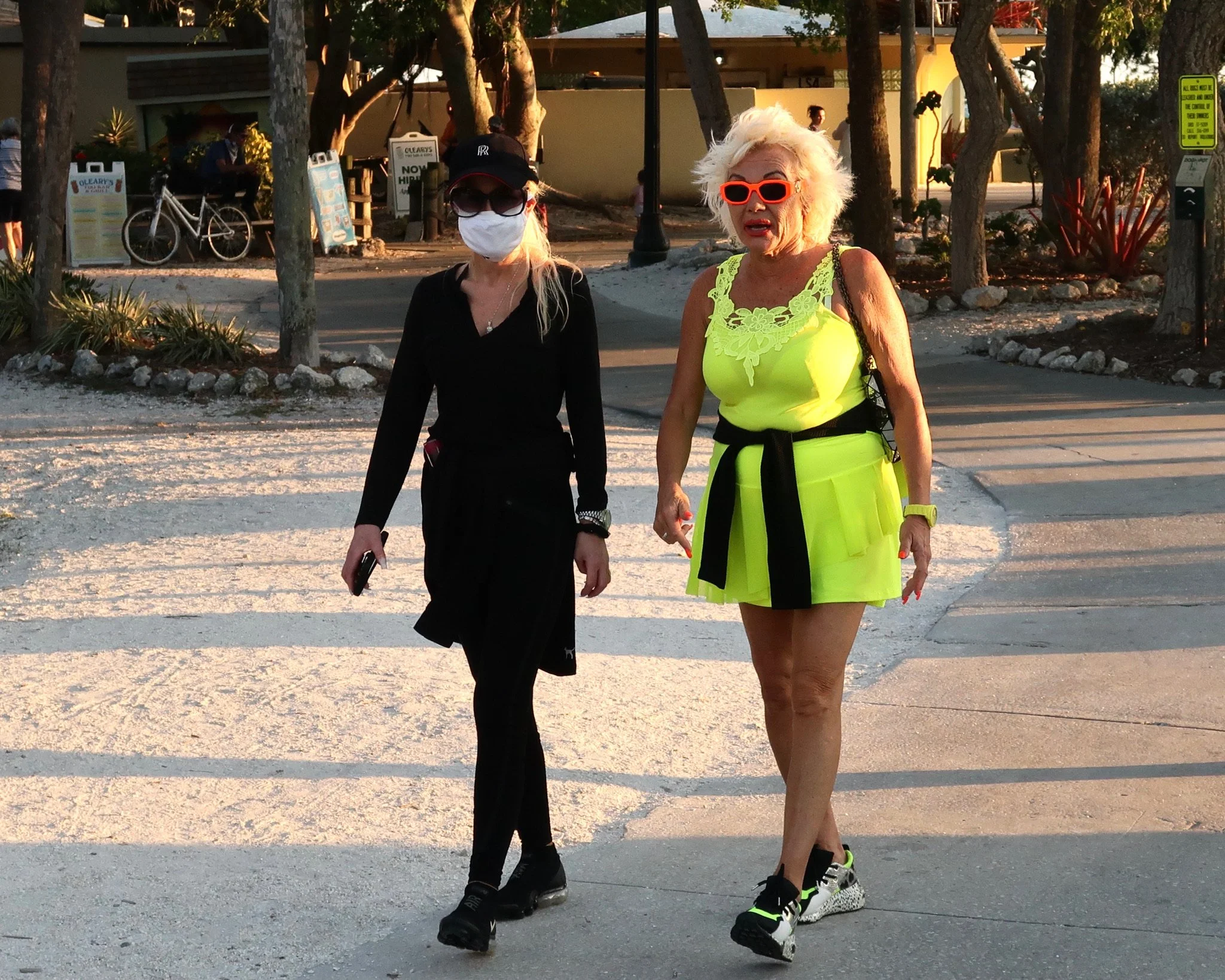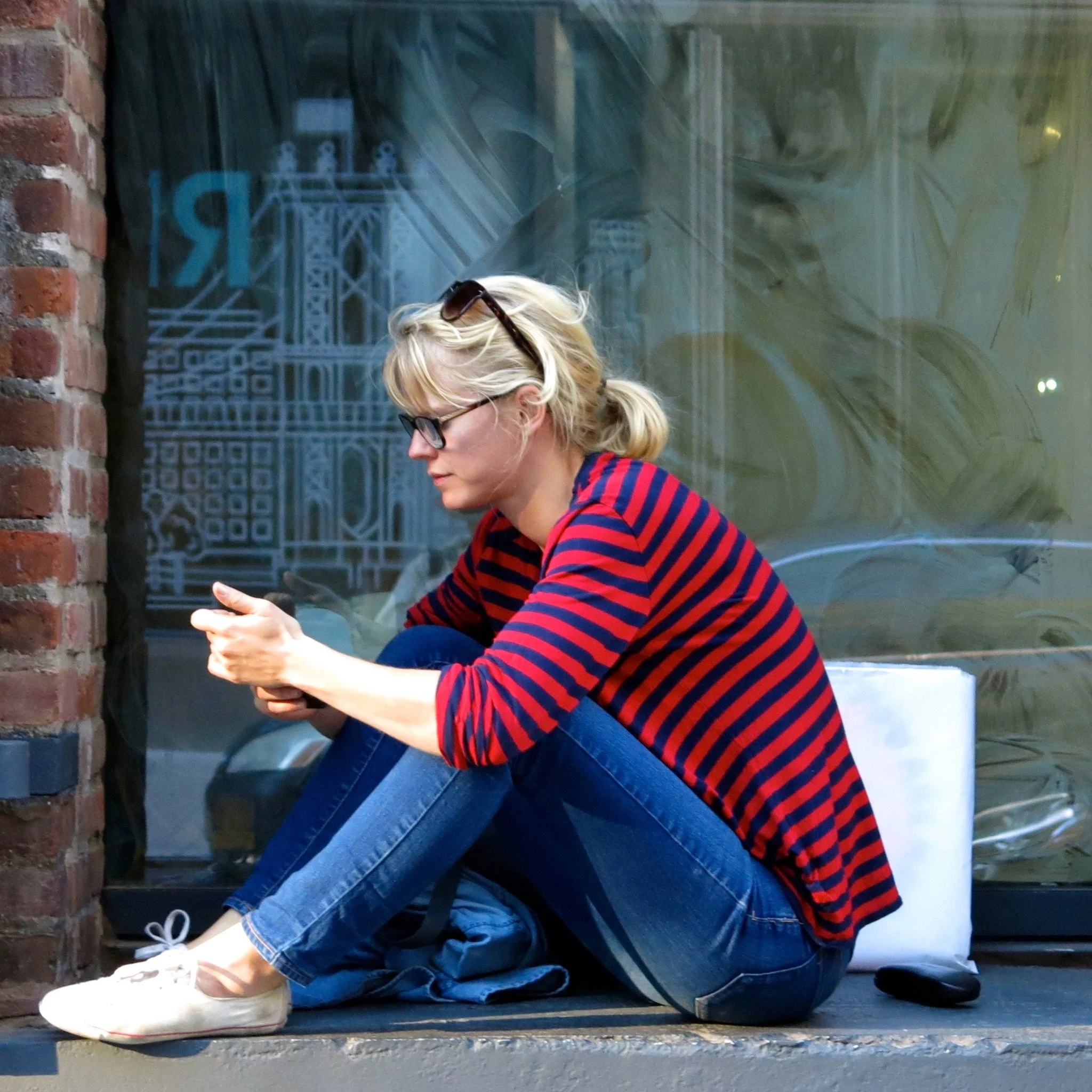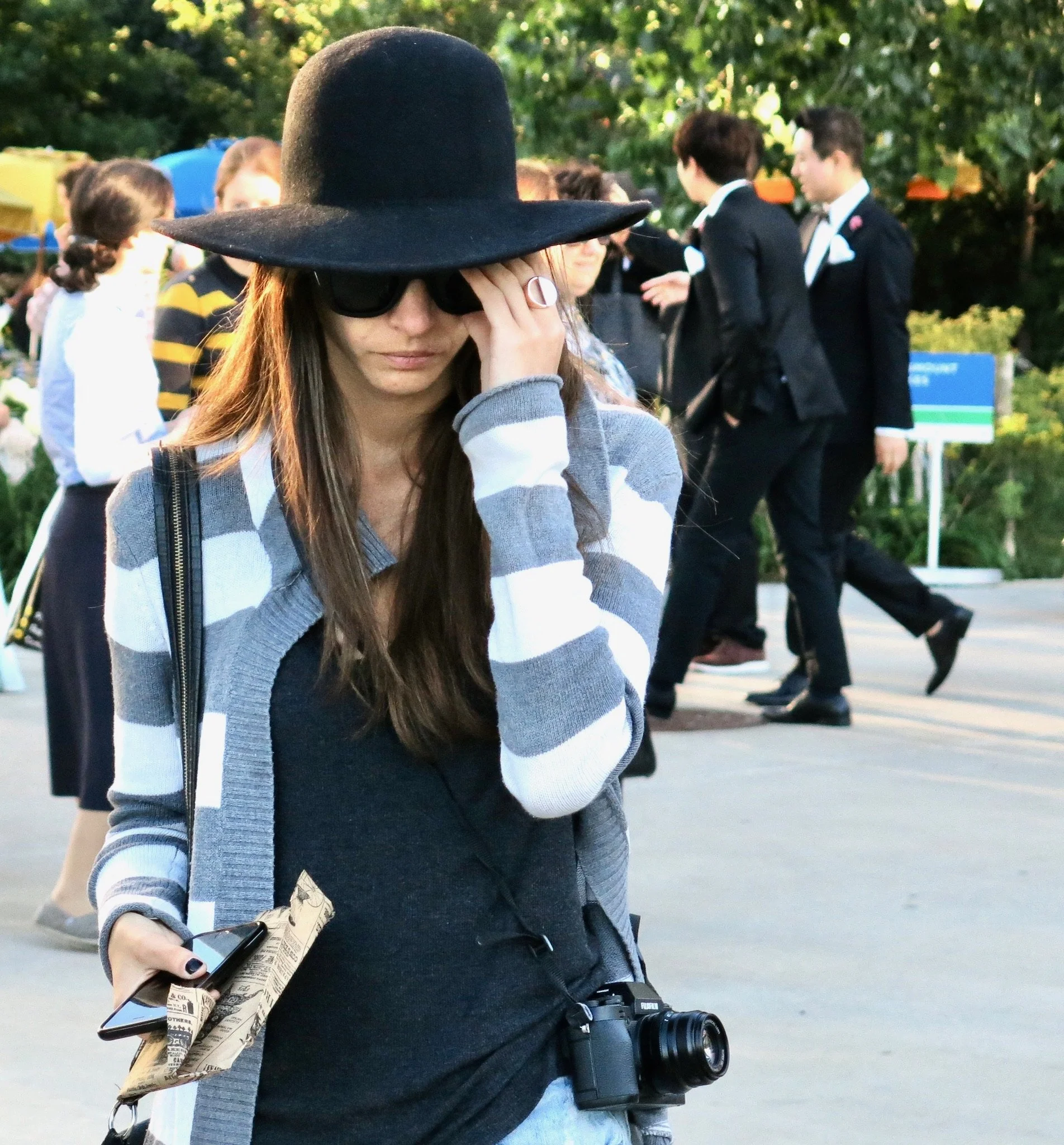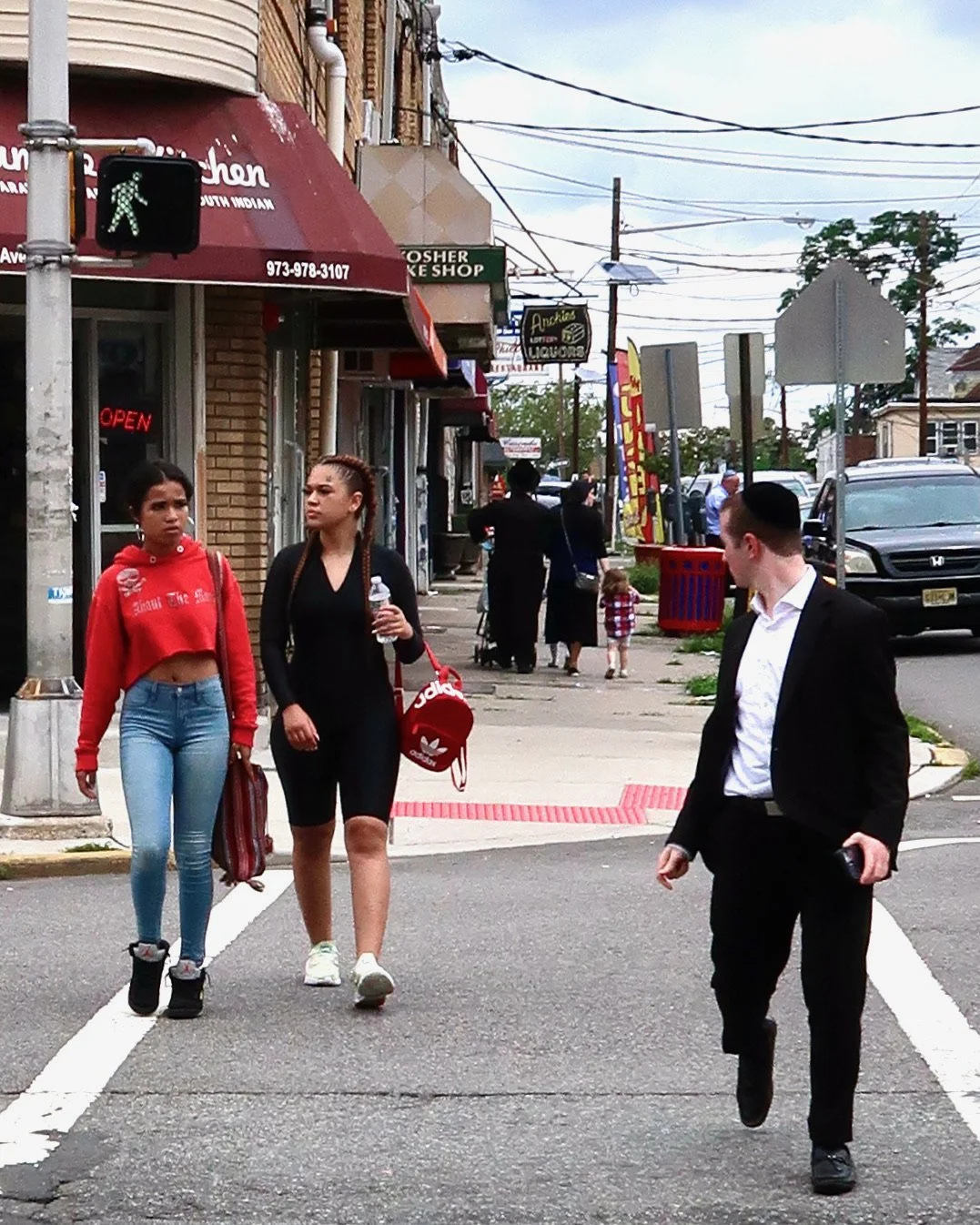INTERPERSONAL BOUNDARIES
Ask permission and sometimes an otherwise fabulous street photo is ruined. Don’t ask permission and one risks an altercation with a fearful or disgruntled stranger. It’s a total catch 22. What is a well-intentioned street photographer to do? Photographing strangers, including children, is totally legal in the USA when done in a public space. Well, try telling that to a protective parent coming at you like an enraged bull. Sure, a long telephoto shot might help but the best street photos are taken at close range. It takes training, practice, and experience to do this safely. Training begins with a serious study of interpersonal boundaries. Only when these are fully understood can one begin to embrace or challenge tight boundaries of suspicious or fearful people. The study of interpersonal boundaries helps one discern who’s open to being photographed and who’s not. A word of advice: As you look at other people’s body language, they look at yours. When you are happy, confident, open, and friendly, they can begin to relax. Be inconspicuous and non-threatening and if challenged offer a business card and be prepared to graciously delete the image. As a matter of personal ethics, I generally do not photograph without permission those with disabilities and those who are disempowered such as the homeless. As in medicine, do no harm.
Click on the image to enlarge. Browse the full collections using the side arrows.
